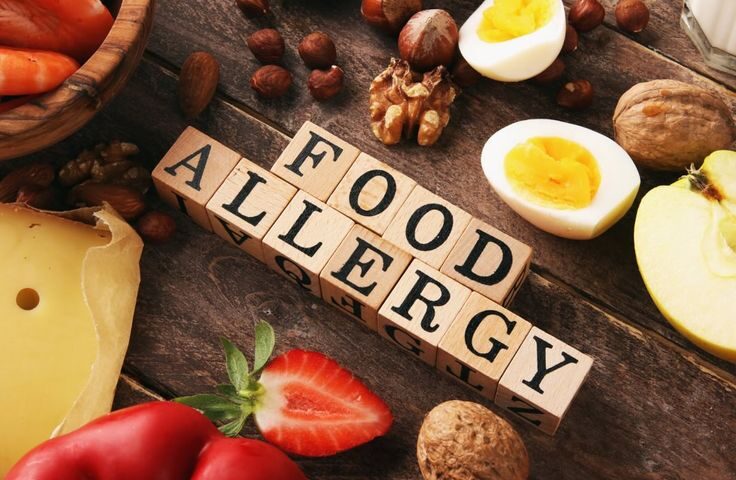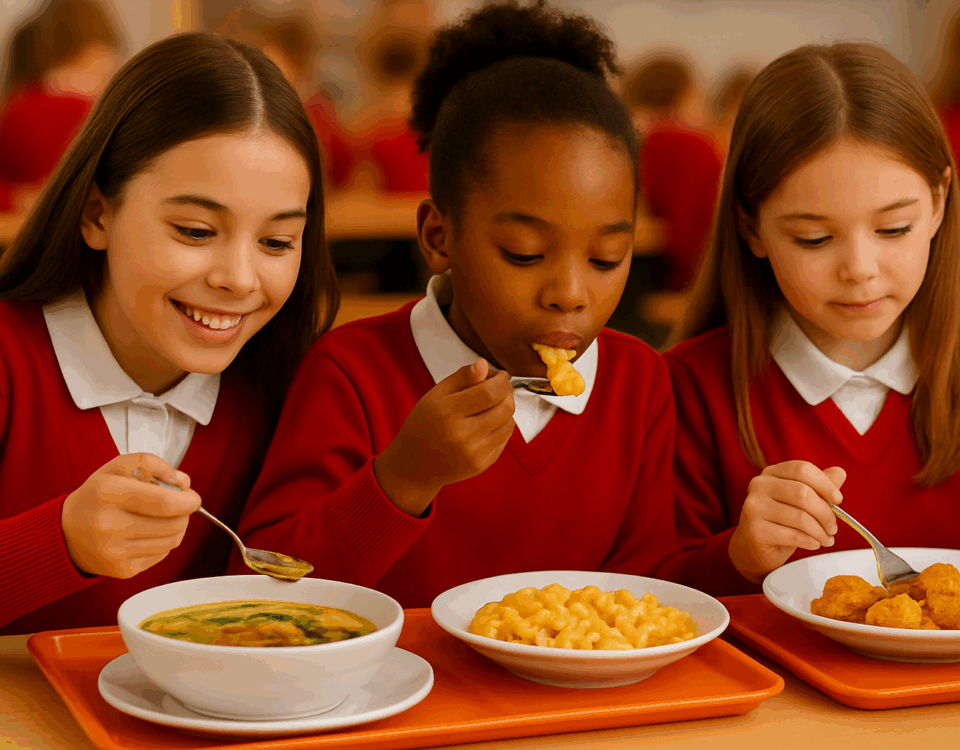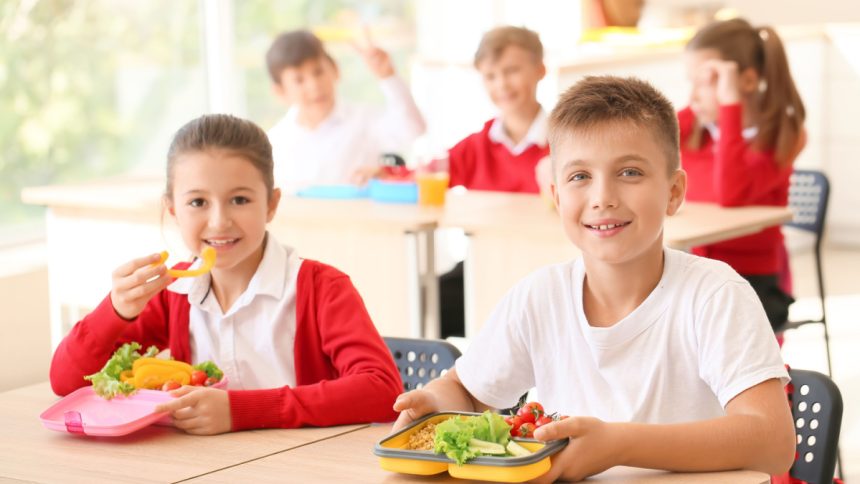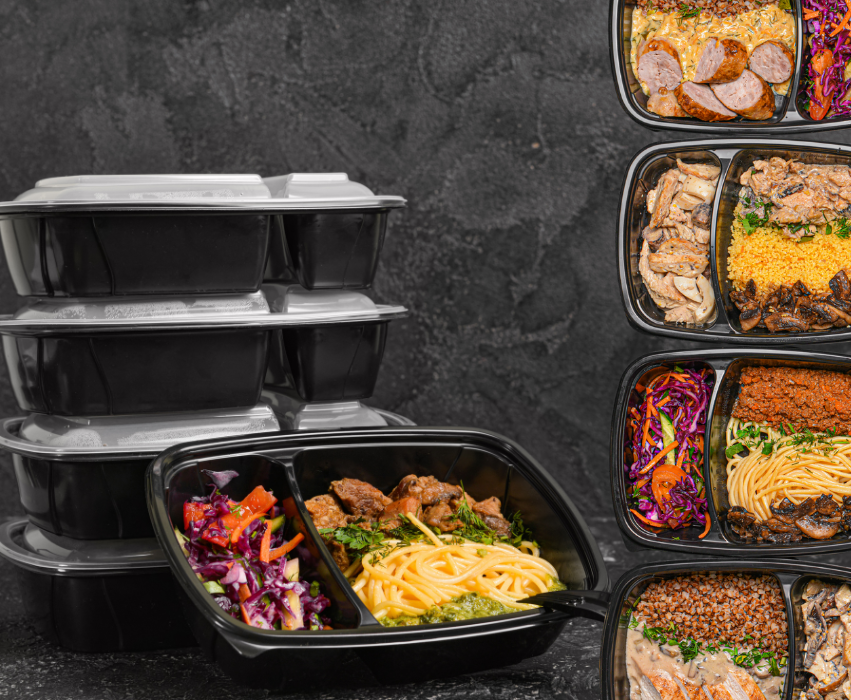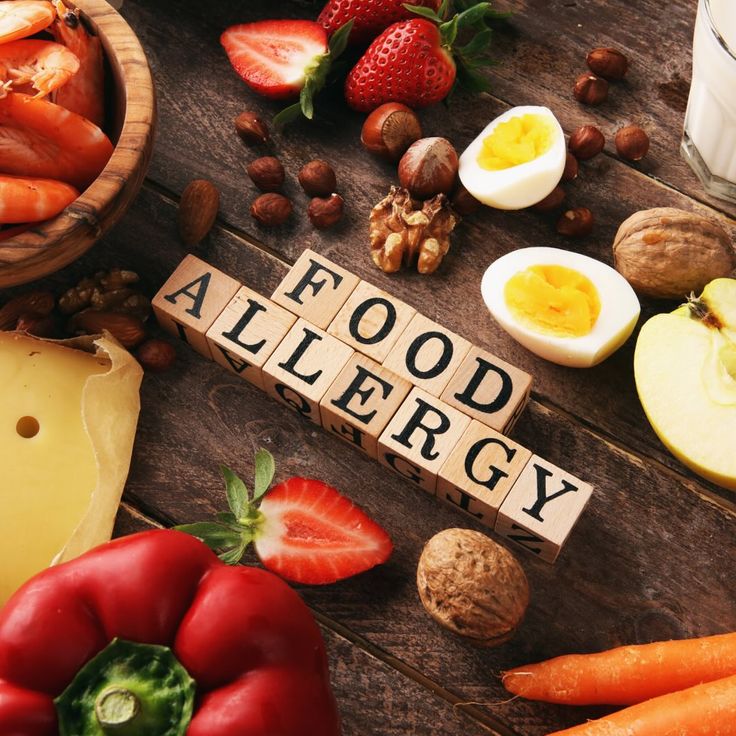
What Makes Kidssentials the #1 Choice for Catering Mississauga
May 3, 2025
Power Up Summer School with Kidssentials’ Nutritious Picks
June 1, 2025Food allergies can turn an ordinary school day into a frightening experience. Imagine a typical school day. It’s lunchtime, and the children are happy to eat and talk with their friends. But suddenly, one child starts coughing and scratching their skin. They feel itchy and say, “My throat feels tight!” This is a scary moment for everyone — the child might be having a reaction to something they ate.
Dietary restrictions are a serious issue affecting many children today.As an educator or caregiver, knowing what food allergies are and how to handle them is very important. It can help keep children safe, calm, and happy at school.
What Exactly Are Food Allergies?
A food allergy occurs when the body’s immune system thinks a safe food is harmful. When the allergic person eats that food, their immune system fights back, causing different reactions. These reactions might be mild, such as itching or a rash, or more serious, like difficulty breathing or a dangerous condition called anaphylaxis.
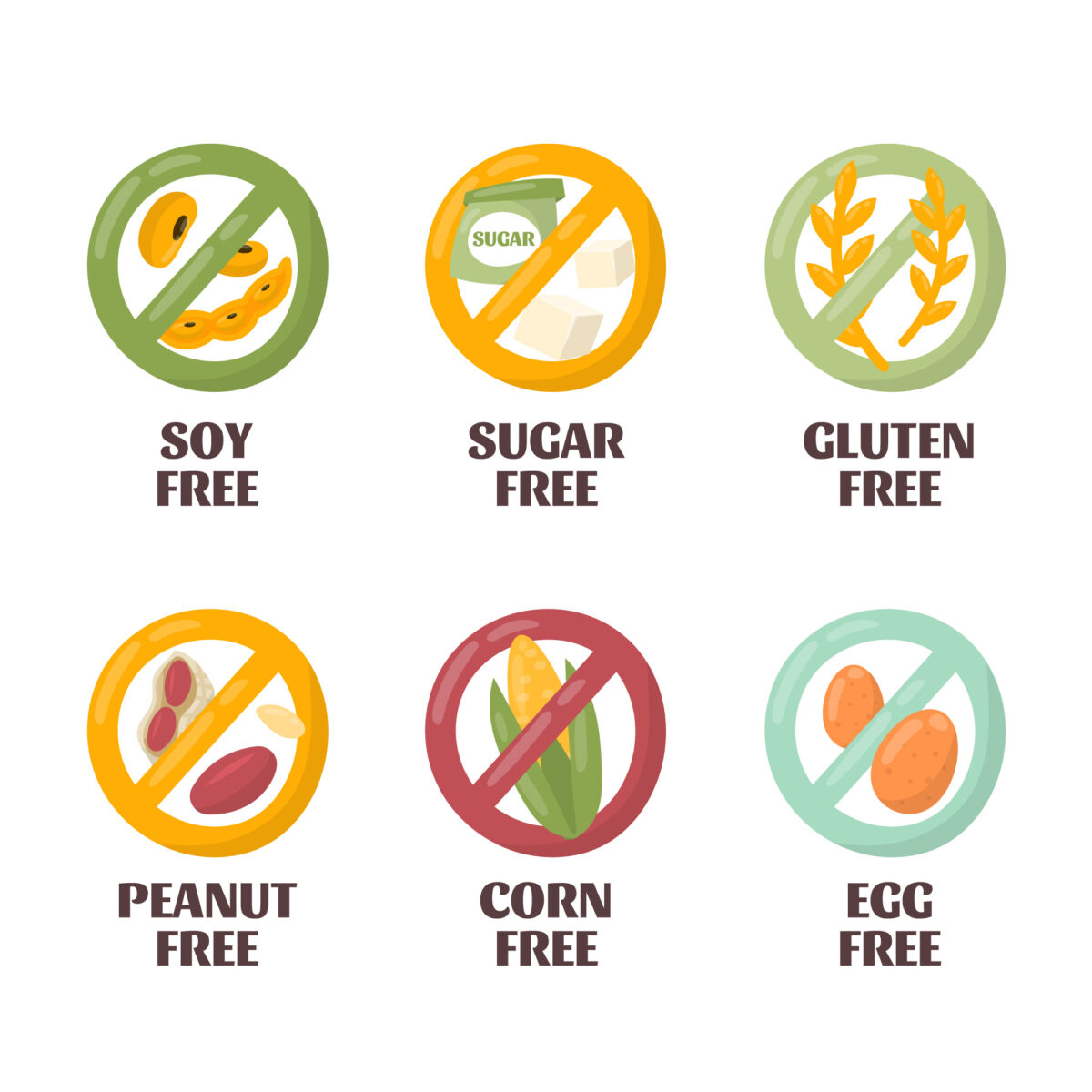
Some of the foods that commonly affect sensitive children are:
- Peanuts
- Tree nuts (like walnuts and almonds)
- Milk
- Eggs
- Wheat
- Soy
- Fish and shellfish
Because children eat a lot at school, from cafeteria meals to birthday treats, it’s very important for schools to practice food safety awareness. This means that teachers, staff, and students all learn how to spot allergies and know what to do when they happen.
Why Should Schools Care About Allergy Awareness?
Think about it: every day, children bring lunch boxes or eat meals prepared by the school. Some of those foods might cause allergic reactions in certain kids. If teachers or school staff are not aware of food-related reactions, it could lead to dangerous situations.
By promoting allergy awareness, schools can:
- Quickly recognize allergy symptoms in kids
- Respond fast and provide help if a reaction occurs
- Make places safer for kids with dietary restrictions to eat.
- Educate students about respecting special dietary needs and not sharing food
- Communicate clearly with parents about allergy needs
When schools take allergies seriously, children with allergies feel safer and parents feel more confident sending their kids to school.
How Kidssentials Supports Allergy Awareness
At Kidssentials, we know that managing food-related sensitivities is not easy for families or schools. That’s why we offer services and resources that focus on food safety and education. Here’s how Kidssentials helps;

- We provide healthy meal options that avoid common allergens, so children can enjoy tasty and safe food.
- We share clear guides and tips for teachers on how to handle food sensitivity situations
- We work with schools and families to plan safe and delicious school lunches tailored for children with sensitivities.
- We help people learn about reactions with workshops, videos, and simple materials.
- Our goal is simple: every child deserves a safe, happy mealtime.
What Can Educators Do to Keep Kids Safe?
If you’re a teacher or school staff member, here are some simple but very important steps to help children with food allergies:
- Know who has allergies: Keep a list of students with known allergies and what foods to avoid.
- Spot the signs: Learn how allergy symptoms look, from hives and swelling to trouble breathing.
- Have emergency plans: Make sure you know how to use allergy medicine like epinephrine and keep it accessible.
- Clean well: Wash tables, hands, and utensils carefully to avoid cross-contact with allergens.
- Label food clearly: Ensure food in the cafeteria or classroom is labeled with allergen information.
- Teach children: Help students understand why some friends cannot share food and the importance of food sensitivity awareness.
By taking these steps, educators create a safer school environment where all children can thrive.
Safe and Fun School Lunch Ideas
Parents and schools can work together to make school lunches safe and exciting for children with food sensitivities. Kidssentials offers child-friendly, ingredient-conscious recipes and meal plans that are easy to prepare and loved by kids.
Some tips for Low allergen lunches include:
- Use fresh fruits and veggies that don’t cause allergies
- Prepare sandwiches with safe bread and fillings
- Avoid common allergens like nuts and dairy, or substitute with safe alternatives
- Include a variety of colorful, fun foods to keep kids interested
Healthy and safe lunches mean children won’t feel left out and parents will worry less.
Final Thoughts
Food allergies are becoming more common, and it’s crucial for educators to be ready. By understanding what food allergies are, practicing allergy awareness, and working closely with families, schools can protect children from allergic reactions.
At Kidssentials, we’re proud to support schools and parents with allergy-safe meal options and helpful information. Together, we can make sure every child enjoys their meals safely and confidently.
Remember, allergy safety is everyone’s job — so let’s work together to make school a safe place for all kids!
For more tips, recipes, and allergy resources, visit Kidssentials.com.

